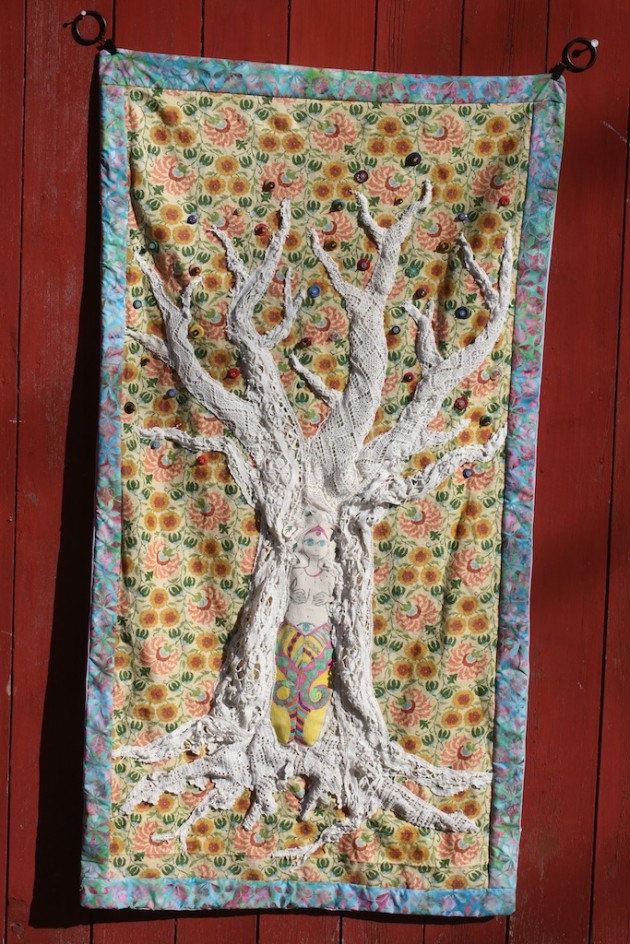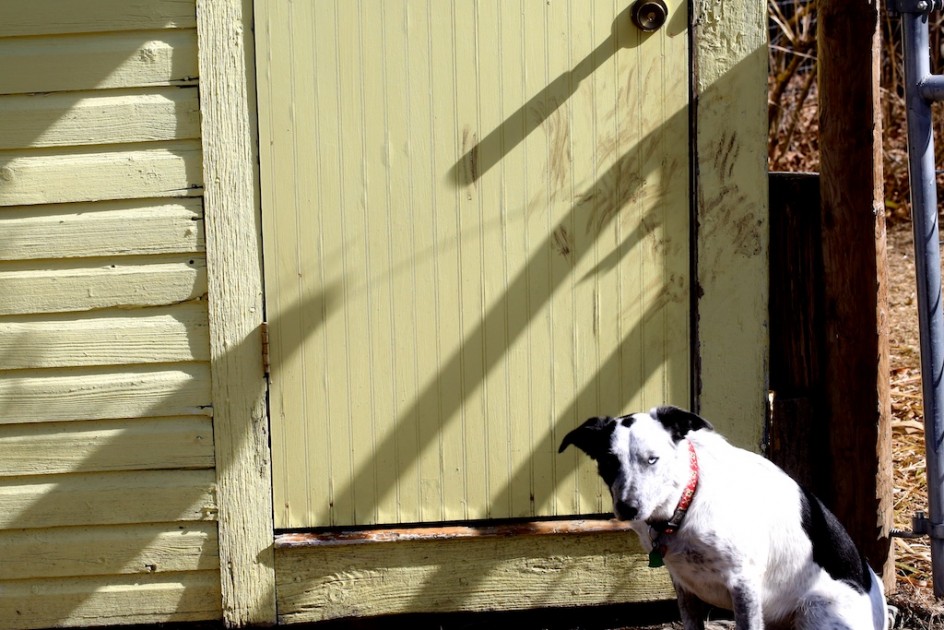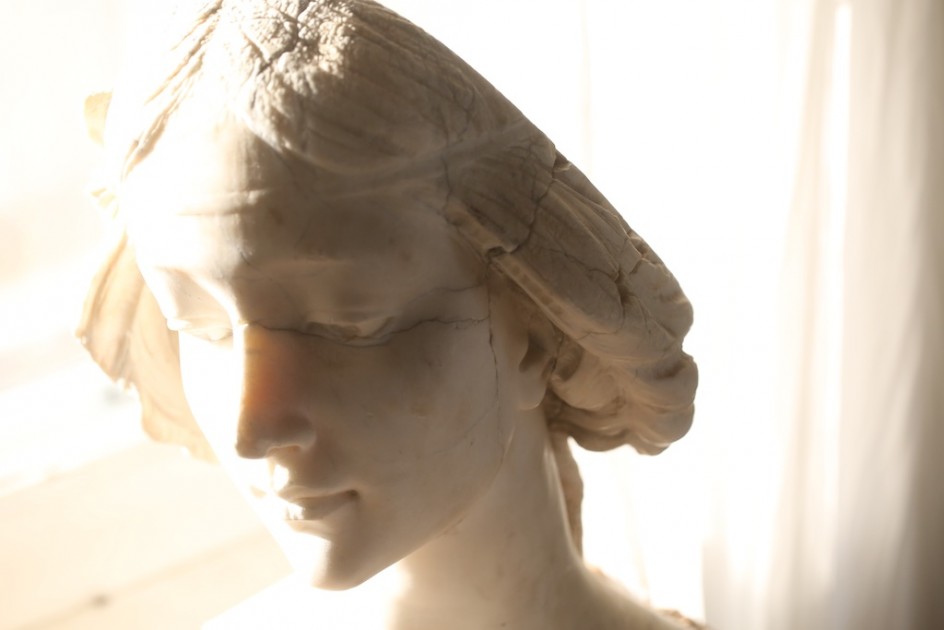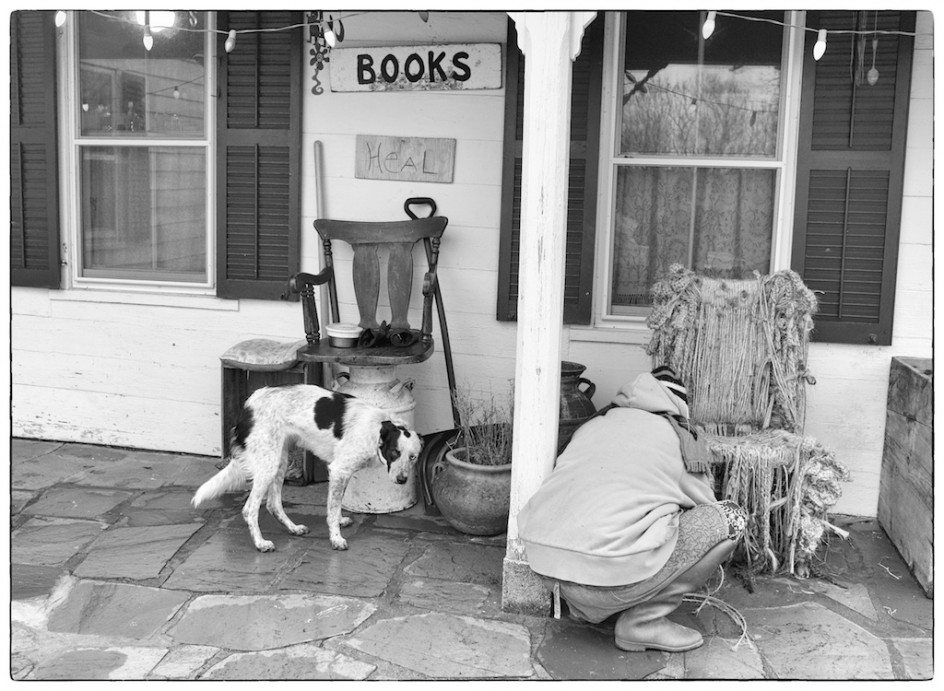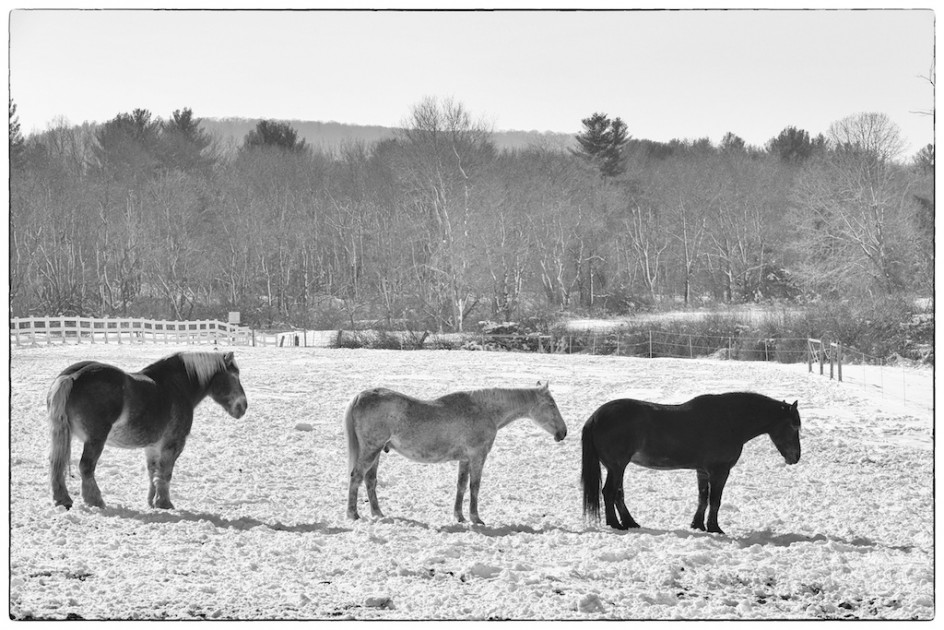
Some months ago, I wrote an article here called Rethinking The Ethics Of Animal Rescue. The piece was widely shared, and much discussed and debated. This morning, I got a long message from a woman named Susan Griffits, she lives in Austria, and she wrote that she found my piece “long and dangerous.”
She wrote that it advocated the continued enslavement of animals by human beings, and was simply an argument for the “status quo of the animal holocaust” to continue. It will not happen, she wrote, that all animals will be released from slavery at the time time, rather those who are rescued from the cruel exploitation of people can, with humane and good management, be housed in sanctuaries until their natural death.
I have to say I was a bit surprised to find my work being discussed in Austria, but more importantly, it got me thinking more about what animal ethics really mean now, and how disconnected the underlying theory of much of the animal rights movement is from reality.
Susan’s piece captured the ideological roots of the modern animal rights movement, and the reason it has become so alienated from so many animal lovers all over the country and so disconnected from the real lives of animals. It attributes the “holocaust” affecting animals on the earth to enslavement by people rather the reality known and studied by biologists and naturalists all over the world: climate change, over-development, and the elimination of so much of the work that animals and people have done together for thousands of years.
The animal rights movement does not address these very real dangers to animals. Instead, it lobbies relentlessly to remove animals from the care and companionship of people. It has caused the deaths of more animals than can possibly be counted.
Quite suddenly, it is abuse for carriage horses to pull carriages, elephants to work in circuses, ponies to give rides to children in farmer’s markets, any kind of animal to be used in any kind of research, any kind of animal to be used to entertain people in any way. (Dogs and casts, whose sole and primary purpose on the earth is to entertain and comfort people, are excluded from this kind of judgment, almost surely for political and fund-raising reasons.)
The animal rights movement, as embodied by Susan, was formed as a liberation movement in the 1970’s. It major premise was that animals need to be freed from the inhumane shackles of people, and returned either to the wild or those sanctuaries we keep hearing about but almost never see. The terminology used to describe the enslavement of animals is eerily and disturbingly familiar to the language used to describe human slaves in America before the Civil War, even down to the idea of sanctuary for the rescued animal slaves.
This speaks well enough to the semantic and ethical dilemmas of a movement that so passionately compares the rights of animals to the rights of people.
There was recently in New York City this now thoroughly debunked argument that the hundreds of New York Carriages would be housed in sylvan settings – those sanctuaries again – for the rest of their lives once driven from New York, and the equally naive belief that all of the Asian elephants driven from the circuses by people who believe they are supporting animal rights will make their way to spacious and wealthy elephant preserves when they find themselves unemployed.
For years, we have been told there are sanctuaries waiting for every displaced carriage horses, but in all of that time, not one has been identified.
No one has bothered to check on the fate of the hundreds of ponies driven away from their work by animal rights protesters, or the many animals who once worked in Hollywood making movies. By all accounts, they are all mostly dead. There is no work for them to do, no way to house and feed them. Our love of animals doesn’t seem to go farther than taking away their work and assuming that someone, somewhere, will take them in.
It seems there are very few preserves anywhere in the world rich and big enough to take in healthy and active and hungry animals for the rest of their lives when so many starving and truly abused animals are in such need.
This idea – let’s kill and endanger the animals in order to save them from the deprivations of humans – is a staple of the modern day animal rights movement. It doesn’t work in 2016, if it ever did. There is no longer any wild for animals to return to, there are very few functioning large animal preserves or horse farms to handle carriage horses. Global warming is destroying habitats all over the world, along with greed and human development.
Susan is trapped in an ideological time warp that has caught the animal rights movement with it’s empty vision exposed. The carriage horse controversy in New York revealed to the world that we don’t have a sense of rational animal ethics for modern times. No one in New York City ended up buying the argument that it is dangerous for the horses to be in New York, or that they are abused or mistreated or overworked.
But nobody has committed to keeping them safe and sheltered for all time either, especially the face of runaway real estate development and the glut of motorized vehicles.
The ethical underpinnings of the animal rights movement are old and increasingly useless for our times. The animal rights movement has failed to target climate change or development as the greatest threats to animals, nor have they succeeded in drawing public attention to the most serious abuse of animals, that which is occurring to the nine billion animals trapped in horrific conditions in industrial factory farms to feed to gargantuan fast food industry.
Susan’s message underscored this irrevalance, I felt as if I were reading a college rant from the 1970’s. Animals and people have worked together for thousands of years. When there was no work for the vast herds of horses on the American range, the horses vanished, just as the elephants will soon, and as the ponies have, and as the carriage horses would have if the mayor of New York City had prevailed.
The idea of animal returning to the wild is a fantasy now. So is the idea of a vast network of sanctuaries existing all over the for animals freed from the enslavement of people. Animal rights cannot exist only as a selfish idea that serves the emotional needs of human beings to feel good about themselves while killing animals and removing them from the world. The carriage horse controversy signaled a cosmic awakening in the realm of animal ethics, people are seeing we need a much better understanding of animal rights than this.
The failure of the animal rights movement to adapt to modern challenges and modern times suggests urgently needed new ideas for animals and their well-being. We need to keep animals among us. We need to treat them well and humanely. We need to do the work necessary to make them safe in our towns and cities. We need to recognize that once separated from human beings and their long partnership and work, domesticated animals are in great peril and face oblivion and extinction.
Susan can dream all she wants about the slavery and sanctuary, but to me, this is the core of the new animal ethics.

